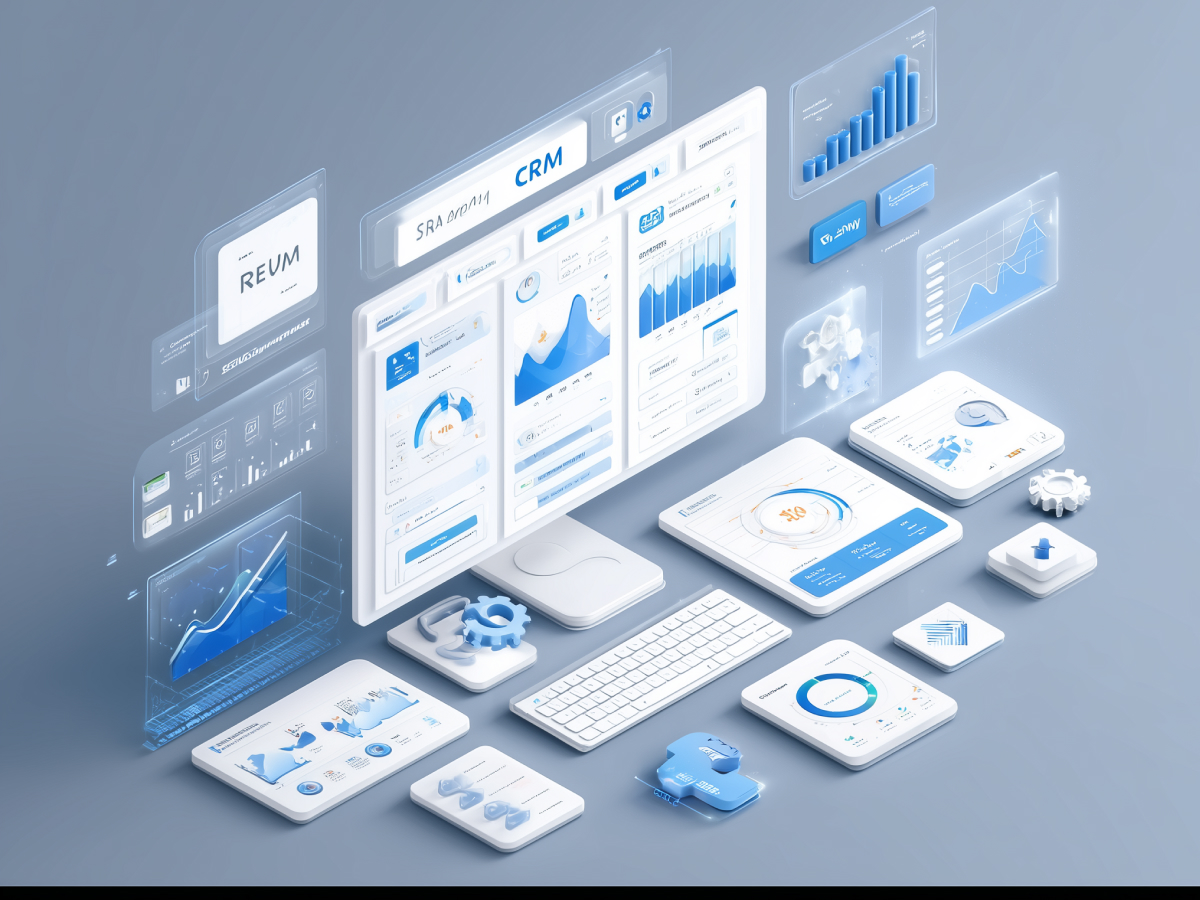Executives are increasingly trusting AI over their human colleagues for strategic decision-making
A shift is happening at the executive level. AI has evolved from a supporting utility into a trusted advisor, one that countless C-suite leaders are turning to for insight and strategic calibration. This is about augmenting decision-making with systems that can process complex data patterns, simulate outcomes, and deliver unbiased feedback, instantly.
When leaders say they trust AI more than their colleagues, it’s not personal. AI offers consistency. It doesn’t carry office politics, hierarchy, or emotional noise. It runs the data and gives it straight. The reliability matters, especially when decisions need to align with dynamic market movements, operational pressures, or shifting customer needs.
According to SAP’s March 2023 survey of 300 U.S.-based C-suite executives, 74% said they had more confidence in business advice from AI tools than advice from their colleagues or friends. And 55% say AI-derived insights are now replacing their traditional decision-making steps, entirely in some cases. That shift tells us everything we need to know about how trust in AI is accelerating at the top of organizations.
If you’re leading a company and not already integrating AI as a regular contributor to your own decision-making loop, you’re trailing the edge. AI isn’t neutral, it compounds benefits the more it’s used with intention.
AI is being used as a collaborative thinking partner across engineering and tech leadership roles
Engineering leaders are shifting the way they think, with AI. It’s no longer just a tool to generate code or clean up documentation. It’s now part of how we plan, solve problems, and build systems that scale. The use case has moved upstream, into decision-shaping and strategy formation.
We’re seeing managers use AI to challenge their own logic, simulate stakeholder reactions, and map technical consequences, all at speed. At this level, it’s about expanding mental models. Not for novelty, but because the results hold up.
Fergal Glynn, Chief Marketing Officer at Mindgard, started with AI writing assistants in 2023. He quickly moved into using AI for deeper tasks, fact-checking, brainstorming content, validating ideas, and testing arguments by simulating internal debates. He doesn’t frame AI as a superior intelligence, just a faster conversation partner that doesn’t get tired.
Robin Patra, Director of Data, Analytics, and AI at ARCO Construction, takes it further. He inputs challenges with clear outcomes, uses one model for initial ideation, then uses others to challenge the first response. After refining that loop a few times, the outcome is sharper, more dynamic, and comprehensive, a complete draft worth sharing with human stakeholders. That iterative cycle wouldn’t be possible at this speed without AI.
This is where effective engineering leadership is heading. Use AI to build out the mental scaffolding, then bring in people to calibrate what matters culturally, operationally, or politically. Do this at scale, and your leadership model adapts, fast.
The benefit is more structured, defendable decisions that come together faster. If you can increase your strategic iterations while maintaining clarity, you reduce noise and accelerate execution. That’s the whole point.
AI helps reduce barriers to creative input and encourages broader participation in leadership tasks
One of the underestimated gains with AI is access. Specifically, access to the thinking process. When you take away judgment, hierarchy, and interruption, more people participate. That matters inside companies where talent often gets filtered through job titles or perceived expertise.
Ashwin Das Gururaja, Senior Engineering Manager at Adobe’s Commerce platform, explained it simply: chatbots don’t judge. If you’re unsure about something, you can ask without hesitation, and get immediate feedback. That unlocks a lot of previously restrained potential, especially in roles where people may hold back out of concern for how they’ll be perceived.
AI makes idea testing frictionless. It lowers the psychological cost of sounding wrong. So instead of waiting for a mentor, manager, or team forum, people run their thinking past AI first. This doesn’t remove collaboration, it enables more of it by giving people a fast, private way to develop ideas before bringing them to the table.
Leadership benefits directly from this shift. When junior team members can prepare stronger proposals using AI, they bring more substance into discussions. It flattens access to creativity, allowing a wider pool of input across functions and experience levels. That improves the quality of solutions and helps management focus on execution, rather than re-explaining first principles.
This is already happening in high-performing tech teams. The smart move now is to remove any legacy friction that prevents your people from using these tools. They’ll still need coaching, but they’ll arrive better prepared.
Leaders use AI to reflect on and improve their strategic thinking and leadership skills
AI is quickly becoming one of the most reliable tools for refining thought. That includes leadership thinking, how you approach problems, frame decisions, and pressure-test your assumptions before you go public.
Using AI this way builds leadership range. It increases the speed at which you can synthesize competing factors, technical, operational, financial. You don’t waste cycles wondering if you’ve missed something obvious. AI won’t give the final answer, but it will make sure your first version isn’t shallow.
There’s another benefit: reflection. When you see your own reasoning mapped out, questioned, or augmented in real time, you adjust faster. It sharpens awareness.
At scale, that makes a difference. Executives who use AI this way consistently become better at leading change, because they understand the landscape more deeply and make fewer unforced errors. Patra captured this clearly: “These tools may be artificial, but the growth they provoke is very real.”
Use the models to think better, not just ship faster. That’s how you improve leadership at the same pace as your technology.
AI tools improve the human perspective in decision-making
There’s a clear ceiling to what AI can do on its own. Yes, it accelerates processing, drafts options quickly, and can simulate viewpoints. But no matter how refined the model, it doesn’t understand your business culture. It doesn’t grasp internal dynamics, competing personalities, political undercurrents, or legacy decisions that shaped your current systems. That’s still on you, and your team.
Fergal Glynn, CMO at Mindgard, pointed this out clearly. He uses AI to get moving, get past the blank page, pressure-test tentative ideas, and explore data-driven patterns. But what comes out of the machine is generalized. Without human context, even a polished AI draft can miss the target.
Robin Patra at ARCO Construction experienced the gap firsthand. He used generative AI to develop a proposal for reorganizing his company’s data-engineering structure. On paper, it looked solid. It aligned technically and operationally. But after walking it past experienced engineers, it became obvious that the AI-generated plan neglected key cultural friction points. Systems looked right. People didn’t.
That’s the nuance. AI may give speed and structure, but the final filter, how something will land emotionally, politically, or practically, can’t be outsourced. The best use cases today pair AI’s structure with senior-level perspective. That combination works, because it moves fast without sacrificing what matters downstream.
For executives, this isn’t an excuse to avoid AI. It’s a reminder to use it correctly. Let AI drive standardization, summaries, and raw strategy shaping. Then bring in your team to refine with lived experience and organizational understanding. That’s the model that scales well, and holds up under pressure.
Key takeaways for leaders
- Trust in AI is rising among executives: C-suite leaders increasingly rely on AI over colleagues for objective, data-driven advice, 74% say they trust AI more, and over half have replaced traditional decision-making steps with AI insights. Leaders should integrate AI into core strategy processes to increase decision speed and consistency.
- AI is now a strategic thinking partner: Engineering and tech leaders use AI to structure ideas, simulate stakeholder feedback, and pressure-test strategies. Leaders should empower teams to use AI early in planning to enhance clarity and uncover better options faster.
- AI lowers barriers to input and boosts participation: AI provides a judgment-free space for idea development, encouraging broader contributions across levels and functions. Organizations should foster AI adoption across teams to unlock underutilized talent and elevate the quality of internal proposals.
- AI promotes reflective and adaptive leadership: AI helps leaders surface trade-offs, challenge assumptions, and build stronger positions before engaging stakeholders. Executives should use AI iteratively to sharpen strategy and improve leadership thinking in real time.
- Human input is still key for final decisions: While AI accelerates ideation and planning, it cannot account for organizational dynamics, team culture, or relational nuance. Leaders must balance AI-generated output with human context to ensure resilient, actionable outcomes.





